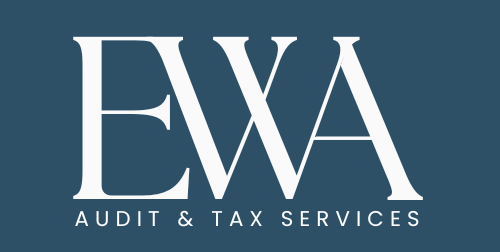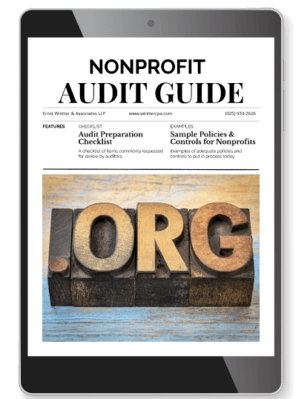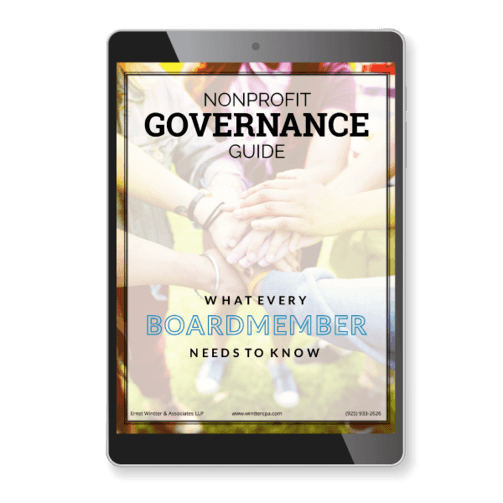Nonprofit refresher: Understanding the risks of excess benefit transactions is critical for protecting your organization. As a nonprofit, the penalties for these violations can hurt your organization financially—and potentially lead to the loss of your tax-exempt status. Beyond finances, they can damage your reputation in the community and cost you valuable support.
That’s a lot to lose, which makes it all the more important to stay within the boundaries set by the Internal Revenue Service (IRS). Over the last decade, the IRS has increased enforcement of section 4958—its rule under 501(c)(3) that governs excess benefit transactions.
To help you and your nonprofit stay compliant, this nonprofit refresher explains what excess benefit transactions are, who they impact, the consequences of violating the rules, and how to avoid them altogether.
What Is an Excess Benefit Transaction?
An excess benefit transaction is when a “disqualified person” profits from a transaction with your organization, receiving more from your nonprofit than the organization receives in return. The transaction can either directly or indirectly benefit the person.
A disqualified person, or insider, is any officer, director, individual, or organization in a position to significantly influence your nonprofit. The IRS extends who is a disqualified person to include:
- A disqualified person’s family members
- Organizations a disqualified person holds a 35% stake in
- Supporting organizations
- Donors and donor-advised funds
- Investment advisors of donor-advised funds
As a general rule, the IRS uses fair market value as the measuring tape for determining whether a transaction is an excess benefit.
The prohibition against an excess benefit transaction extends from the IRS’s absolute prohibition against private inurement. This is when a nonprofit’s insiders use the organization’s money or other assets for private gain, instead of furthering its primary tax-exempt purpose.
Penalties for an Excess Benefit Transaction
If the IRS finds your nonprofit in violation of the excess benefit transaction rule, disqualified persons must pay back the excess amount plus interest of 25% of the excess benefit.
If that doesn’t happen within a specified time, the interest penalty can reach as high as 20%. Any of your organization’s managers knowingly participating in the transaction can be taxed 10% of the excess benefit up to $20,000, and the IRS can take away your tax-exempt status.
How to Safeguard Against Excess Benefit Transactions
Fortunately, there are several ways to keep your nonprofit out of hot water. To safeguard your organization against excess benefit transactions, make sure that you take these key steps:
- Implement good governance, especially for compensation and transactions
- Require members to sign a conflict of interest policy and procedure
- Maintain and follow a document retention policy
- Develop a whistleblower policy
- Follow a regular schedule of reviewing your policies
Good governance can assist your members in understanding what is reasonable in a fair market transaction. It can also help them fully grasp the concept of duty of care — acting in a manner expected of them — and defend against a potential claim of an excess benefit transaction.
The IRS considers loans between influencers and your organization as an excess benefit transaction as well. While some states allow it, your nonprofit may be better off avoiding such transactions that might draw attention from the IRS.
Seek Guidance From Professionals – Nonprofit Refresher
As a nonprofit, you receive tax-exempt status to do good in your community. Understanding excess benefit transactions and how to avoid them can go a long way to helping you maintain your tax-exempt status and continue doing the work you care about.
At Ernst Wintter & Associates LLP, we believe in delivering the highest quality of service and empowering you with knowledge to help your organization. Get in touch with us today to learn more about excess benefit transactions and other matters that impact nonprofits in California.








